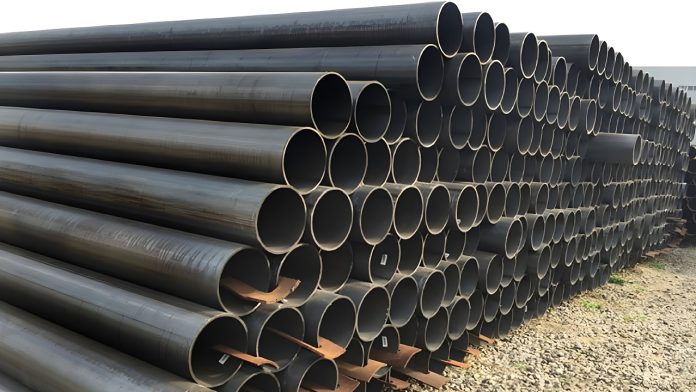The production of ASTM A53 Grade B pipes relies heavily on the heat treatment process. These pipes are heat treated to improve their mechanical properties and guarantee they will pass inspections in any industry they are used in. The significance of the heat treatment process, its stages, and its effect on the final product of ASTM A53 Gr. B pipes are discussed in detail in this article.
The Importance of Heating Materials
Materials’ physical and mechanical properties can be modified through the heat treatment process by subjecting them to a series of controlled heating and cooling cycles. Heat treatment is of utmost importance for ASTM A53 Grade B pipes because it affects properties like strength, hardness, ductility, and even corrosion resistance. The pipes’ ability to withstand the stresses of their intended uses depends on the results of the heat treatment process.
Stages of Heat Treatment
Pipes made to ASTM A53 Grade B typically undergo two distinct phases of heat treatment:
- The first step is called “annealing,” and it consists of heating the pipe to a certain temperature and then slowly cooling it. The steel’s ductility and toughness are enhanced as internal stresses are reduced and the microstructure is refined through this process. Annealing the pipes improves their workability and makes them ready for further processing.
- Normalisation is performed after annealing. The pipe is heated to just above the transformation range and then cooled by air in this case. Normalisation smoothes out the grain structure, makes the properties consistent, and gets rid of any flaws that may have appeared during production.
Impact on Mechanical Properties
When it comes to the ASTM A53 Grade B pipes’ mechanical properties, the heat treatment process is crucial. The process involves heating and cooling the pipes in a controlled manner to give them characteristics like:
- Heat treatment improves the tensile strength of the pipes, allowing them to withstand greater stresses and pressures.
- The microstructure is refined during heat treatment, which increases toughness and resistance to fracture.
- Pipes’ hardness can be optimised through heat treatment, making them suitable for the tasks for which they were designed.
Benefits for Different Applications
ASTM A53 Grade B pipes can be modified during the heat treatment process to meet specific needs for a wide range of uses.
- Transporting oil and gas requires pipes with unmatched strength and durability. Grade B pipes receive heat treatment to ensure they can withstand these conditions.
- Columns, bollards, and piling are just some of the structural uses made possible by this method, as the treated pipes can withstand the weight of the loads they’re subjected to.
- When it comes to mechanical engineering, heat-treated pipes are indispensable because of their enhanced workability and machining capabilities.
Conclusion
Pipes made to ASTM A53 Grade B standards require careful attention to detail during the heat treatment process. The pipes’ mechanical attributes are improved through heat treatment, which modifies the material’s properties through controlled heating and cooling. Heat-treated Grade B pipes have proven their strength, durability, and adaptability in a wide variety of applications, including the oil and gas industry, construction, and mechanical engineering.





